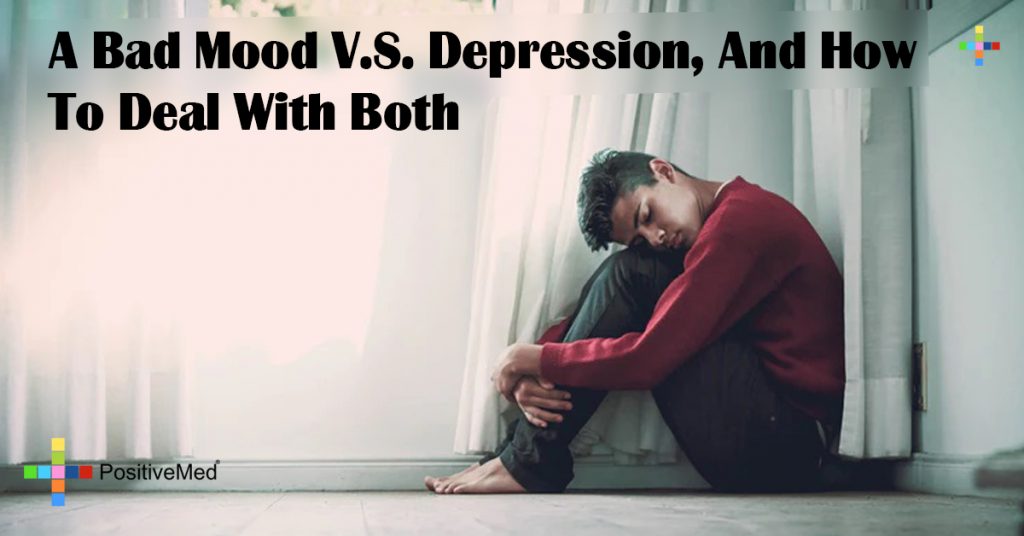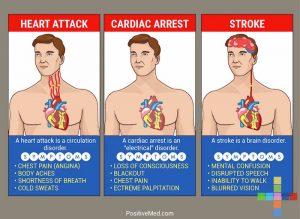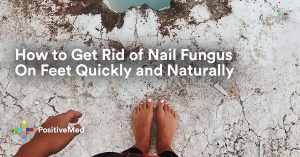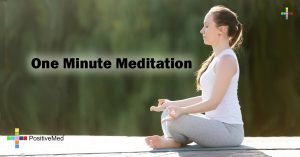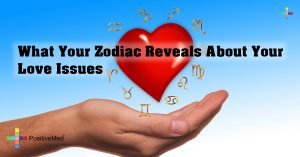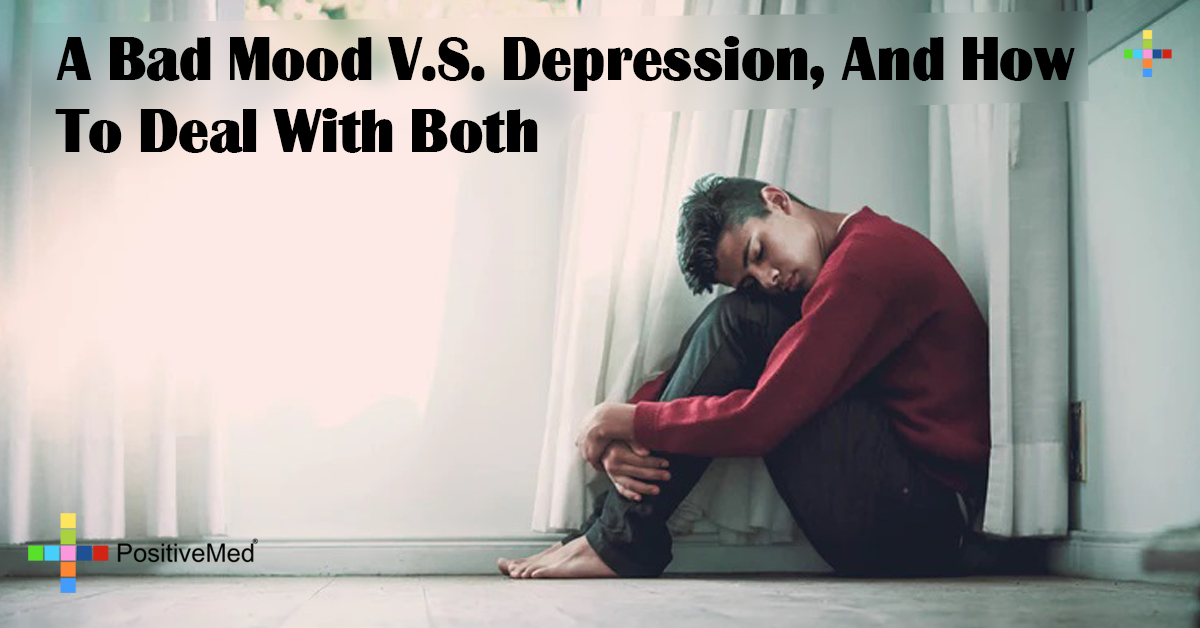
A Bad Mood V.S. Depression, And How To Deal With Both
Everyone’s been in a bad mood at some point; it’s a normal part of being alive. However, knowing the difference between a temporary bad mood and depression is crucial to one’s well-being. The following article will help you understand the difference between a bad mood and depression, as well as what you can do about both.
SYMPTOMS
It’s important to note that a bad mood is a symptom of depression; it is not synonymous with depression. Depression is a medical condition, and people can be depressed without feeling sadness at all.
The following symptoms are indicators of depression:
- Sadness and anxiety
- Feeling hopeless or pessimistic
- Feeling guilty, worthless, or helpless
- No interest or satisfaction in hobbies and activities
- Lack of energy
- Inability to concentrate or remember things
- Difficulty sleeping
- Appetite reduction, fluctuations in weight
- Thoughts of suicide
- Suicide attempts
- Feelings of restlessness or irritability
LENGTH OF TIME
Someone might experience one of these symptoms throughout the course of a day and then be back to their old self by the following morning. However, if you’ve experienced any of these symptoms for the majority of the day, every day, for at least two weeks, that’s when you need to consider the possibility that you have depression.
WHAT TO DO IF YOU’RE IN A BAD MOOD
If you’re caught in a temporary pattern of negative thoughts and feelings, the best thing you can do is to disrupt that pattern. Try the following:
- Go for a walk.
- Hang out with a friend.
- Try to think about your situation differently. Every time a negative thought or emotion arises, resolve to counter it with positive thought or emotion.
- Do something that makes you laugh.
Hopefully, you’ll be back to your old self again in a couple of days.
WHAT TO DO IF YOU’RE DEPRESSED
1. Talk to someone. This may be the single most important step you can take when dealing with depression. When you’re depressed, it’s hard to maintain the perspective necessary to work towards recovery. Talking to someone, whether it’s a friend, a family member or a therapist, can help break you out of the pattern of negative thoughts and emotions.
RELATED ARTICLE: The 2 Minutes Animation Helps You to Get Rid of Your Anxiety, Stress and Depression!
2. Exercise. In addition to keeping your body healthy, exercise releases endorphins into your bloodstream, which act as a natural antidepressant.
3. Eat foods that boost your serotonin levels. Antidepressants such as Prozac work by increasing the serotonin levels in your body. The following foods can boost your serotonin levels as well, and you don’t need a prescription.
- Anything with high levels of omega-3 fatty acids, such as salmon, sardines and anchovies
- Coconut oil
- Proteins with high levels of tryptophan, such as turkey
4. Meditation. There have been numerous studies on the benefits of meditation. Whether you’re in a bad mood or suffering from depression, taking time out to sit and meditate can have a positive impact on your mental health.
5. Mood-enhancing supplements. Supplements such as 5-HTP, St. John’s Wort, SAMe, L-Theanine and fish oil can be used to combat depression. Before you take any of these supplements, please consult a physician. Some of these supplements have side effects and could also interact with other medications.
Depression can be a tough battle to fight, but you don’t have to fight it alone. Surround yourself with a network of supportive friends and family, talk to someone on a regular basis, and take care of yourself. If you follow the steps outlined above, you could emerge from your depression stronger than you were before.
